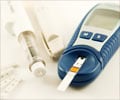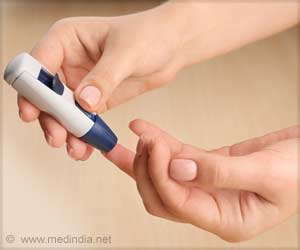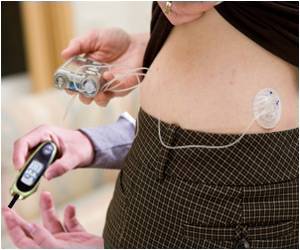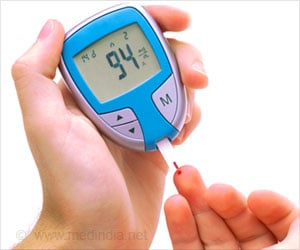Scientists may have moved a step closer to developing a potential new treatment for diabetes, by finding that human liver cells can be transformed into something like the beta cells
Scientists may have moved a step closer to developing a potential new treatment for diabetes, by finding that human liver cells can be transformed into something like the beta cells that produce insulin in a healthy pancreas.
Sarah Ferber of the Sheba Medical Center in Tel Hashomer, Israel, says that the new findings have enabled her research team to implant these cells into diabetic monkeys.The researcher said that she and her colleagues basically want to take liver cells from people with diabetes, reprogram the cells, and reinject them.
She says that the fact that they are the patient's own makes her believe that the cells should escape rejection by the immune system, sparing the individual a lifetime of daily insulin injections.
"Potentially, patients can be donors of their own therapeutic tissue," New Scientist magazine quoted her as saying.
Sarah says that her most recent study has provided more insights into how the Pdx-1 gene-crucial for the creation of the pancreas in the embryo-operates, something that may eventually help them design a human treatment.
By repeating the experiment and analyzing the changes in gene expression as liver cells are transformed, the team showed that the gene deactivates a range of genes relevant to the cell's function in the liver, as well as activating unexpressed genes vital for beta cell function.
Advertisement
She has also revealed that the technique works best in liver cells that are in the process of multiplying, and that her team have identified liver regions where dividing cells are more common, which should make reprogramming liver cells more efficient.
Advertisement
She recently made a presentation on her team's work at an International Society for Stem Cell Research (ISSCR) meeting in Barcelona, Spain.
Source-ANI
SRM















